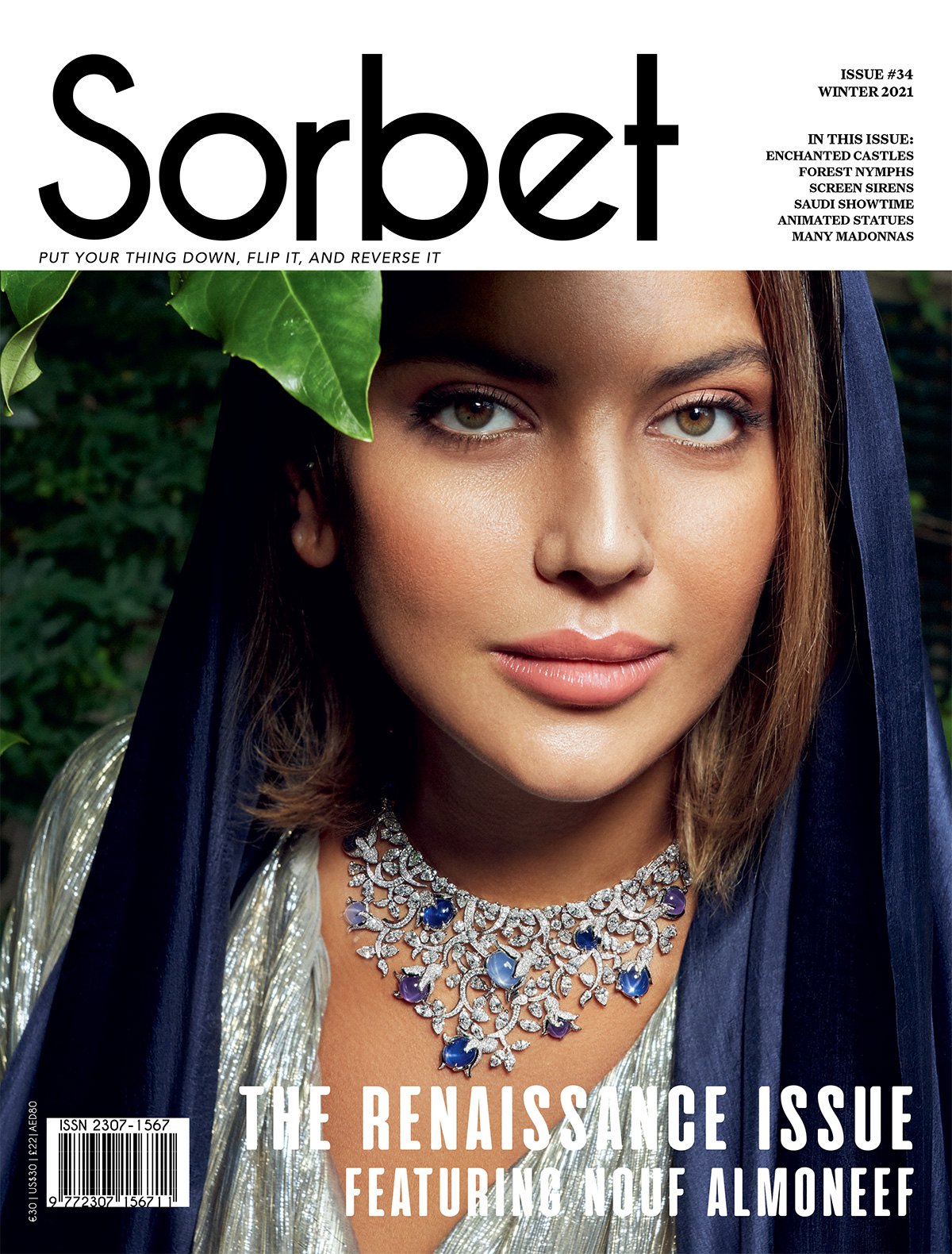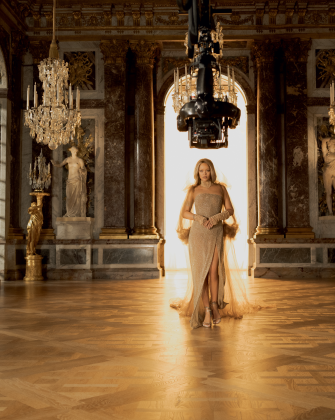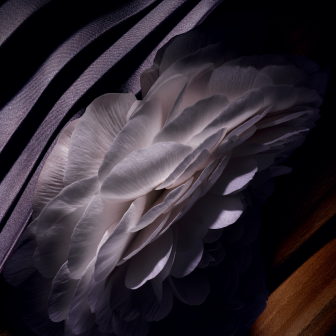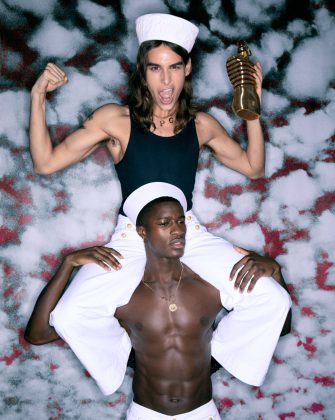KNOCK ON WOOD
Written By: Khansaa Houlbi
With Bois Talisman, Dior and Francis Kurkdjian prove that luck isn't something you carry but something you wear one spray at a time.
It has been estimated that one picture is worth a thousand words. But one could just as easily argue that one spritz is worth a whole legacy. In Christian Dior’s case, every scent crafted by the Maison – and the man himself – is a fragrant narration, each drop inked with heritage and history. This tradition continues into contemporary times, with Francis Kurkdjian holding the olfactory quill.
But beyond scent and storytelling lies something more intangible – a belief, a whisper of fate, a ritual woven into the very fabric of the Maison. With his latest creation, Bois Talisman, Francis Kurkdjian lifts the veils on one of Dior’s most captivating codes: superstition. This fragrant charm is designed not just to perfume our skin but to bless our days, a modern ritual bottled in scent. After all, what is perfume if not a talisman in liquid form, a charm we wear like an invisible shield?
Born from the shared belief in superstition between Christian Dior and Francis Kurkdjian, Bois Talisman is an invisible amulet, a talisman not worn around the neck but laid delicately on the skin as a secret spell of scent. Dior himself once revealed, in an exclusive CBS interview, the small piece of wood he carried, a tiny guardian against misfortune. Similarly, Kurkdjian keeps a sugar cube in his pocket, a crystalline charm of luck dissolving into destiny. And so, in this fragrance, the two rituals intertwine – wood and sugar, strength and sweetness, a superstition bottled and made spritzable.
But beyond its origins, Bois Talisman invites us into a new kind of ritual – one that doesn’t require knocking on wood or tucking charms into pockets. Instead, it’s a daily devotion, misted onto bare skin, curling into the air like an incantation. With each spray, it anoints the sense: the deep, honeyed embrace of aged wood murmurs of resilience, while a sugared veil melts into warmth, as if fortune itself had a scent. It is both protection and pleasure, an intimate rite performed in front of gilded mirrors and dimly lit vanities, the first step before stepping into the world. And in the end, luck isn’t something we carry – it’s something we wear.
And lucky for us all, we sit down with Francis Kurkdjian to learn more about this lucky charm.
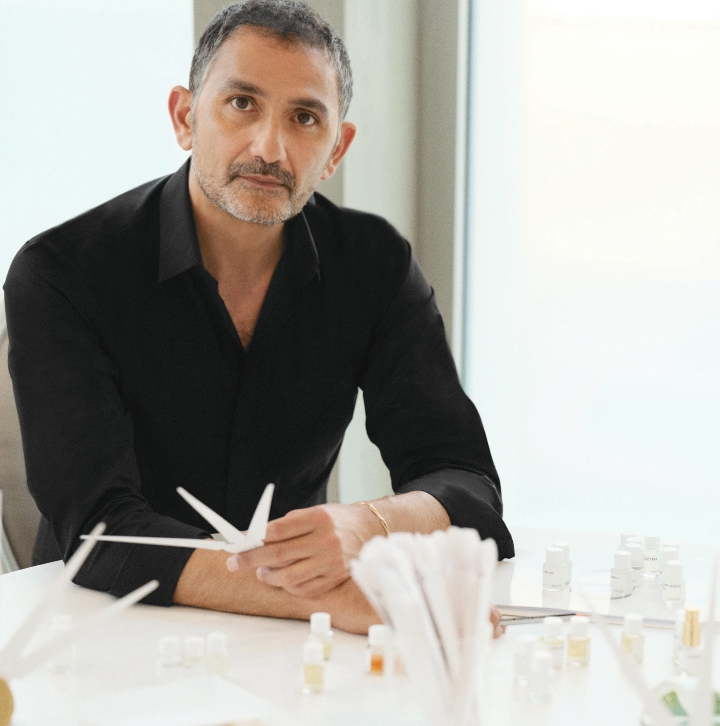
Francis Kurkdjian | Courtesy of Christian Dior Parfums
Khansaa Houlbi: I have the perfume here, and I just want to say it smells heavenly, and I’m so looking forward to learning all about it from you. Can we start with, how did the conception of Bois Talisman come about?
Francis Kurkdjian: It’s very simple. Every single new project I work on for Dior, I always ask the Heritage Department to help me out and find things about a certain topic. Here, the idea was to work on superstition, because it’s one of the five pillars within the house. Christian Dior was a very superstitious man. We know that – it’s very well documented. My idea was to create a perfume around that theme. In the 1956 documentary interview he gave for American TV on CBS, Christian Dior showed the camera some lucky charms he had in his pocket. Among them were a lily of the valley, a star, and a little piece of wood. In French culture, when you want to ward off bad luck or the evil eye, you touch wood. I know that in the Middle East, you have various ways of dealing with superstitions. I learned some of these from my grandparents and parents. For Christian Dior, touching wood was a way of sending bad energies away.
I have a little habit myself; when I have important meetings, I carry a small white sugar cube in the pocket of my suit. So, I thought it would be interesting to blend wood and sugar – cedar wood and vanilla. It’s simple, really.
KH: What I found extremely interesting is how you transformed an idea, in this case, superstition, into a scent. How do you go from an idea to a scent? Is it more of a synesthetic approach, or do you draw inspiration from tangible objects, auras, or vibes?
FK: Once I’ve decided it’s cedar wood and vanilla, the challenge is how to balance them so they are precious, pleasant, and memorable. I don’t overthink it. Once the story is clear and obvious, I let my inspiration and imagination flow. Not everything needs to be constrained. At some point, you have to let it go and keep the process simple.
KH: You’ve described the combination of cedar wood and vanilla as an encounter. Can you walk us through how this encounter was orchestrated, from formula to final product?
FK: Without getting too technical, the most challenging part is translating your story. Once you choose your materials – cedar wood representing the wood Christian Dior cherished, and vanilla representing the white sugar cube I carry – the rest is about how to bring them together. Vanilla is a complex ingredient with many facets, and I wanted something sensual because Christian Dior loved touching a piece of wood. It’s all about keeping the story fluid and trusting your instincts. Simplicity and fluidity are essential to me.
KH: There’s another Bois in the collection, Bois d’Argent. Are there similarities or differences between the two?
FK: Bois d’Argent is based on iris and musk. Bois Talisman is about wood and vanilla. There’s nothing in common between them, ingredient-wise. What connects them is the message and the simplicity of their structures – both are sharp, straight to the point, and effortless.

Courtesy of Christian Dior Parfums
KH: What aspect of Bois Talisman are you most excited for people to experience?
FK: I just want people to enjoy the perfume. Perfume is about pleasure, wearing something that pleases you and hopefully pleases others. It’s fulfilling when someone tells you that you smell good. To me, it’s a way of saying, “You are beautiful.”
KH: You’ve stated there are similarities between a couturier mastering fabric and and a perfumer working with raw materials. What do you find most similar about the craftsmanship of the two?
FK: The limitations of fabrics and ingredients are very similar. There are things you simply can’t do with fabrics or ingredients, no matter how hard you try. And when it doesn’t work, it creates frustration. Understanding and working within those limitations is part of the creative process.
KH: What other aspects of the Maison’s heritage or Christian Dior’s history are you interested in exploring through perfume?
FK: The couture side of the Maison, the haute couture aspect, is very interesting and always inspiring. That’s where I feel my next inspirations will come from.
KH: We’ll hopefully have you again and discuss the new creations! We’ve had you for the spring issue and now the fall. But we’ve never asked – what’s your favorite sorbet flavor?
FK: I love mango and passion fruit. I love those two together.
KH: That sounds wonderful and refreshing. Thank you so much for your time. It’s been fabulous speaking with you. Merci beaucoup. Enjoy your day.


